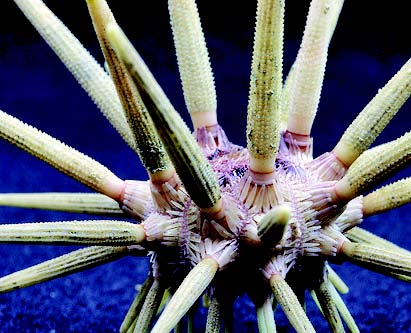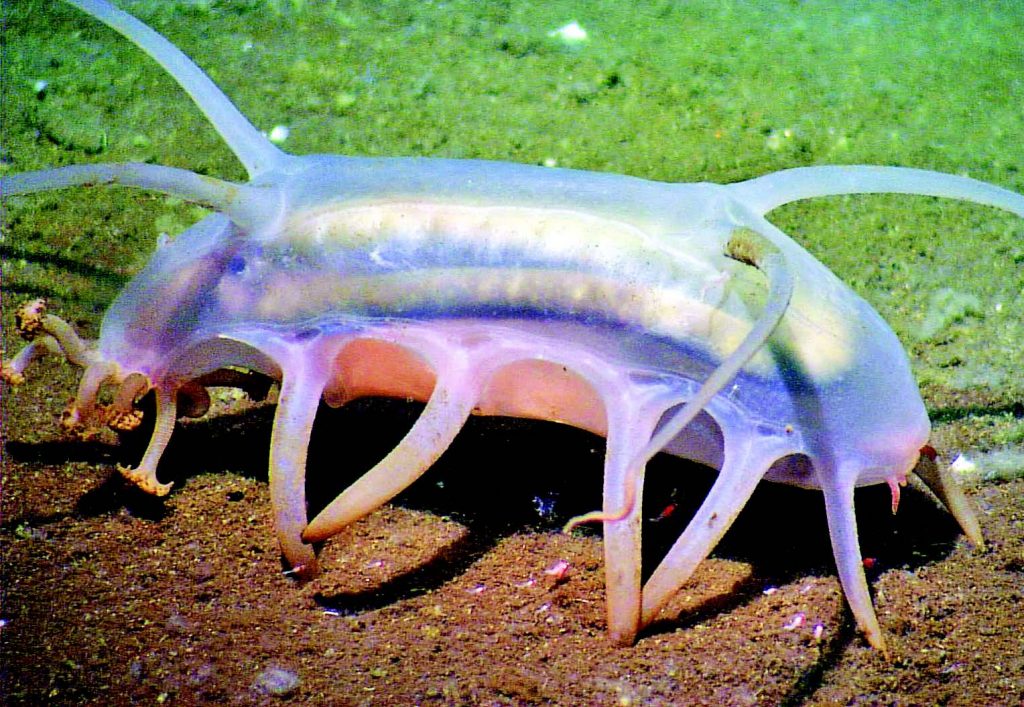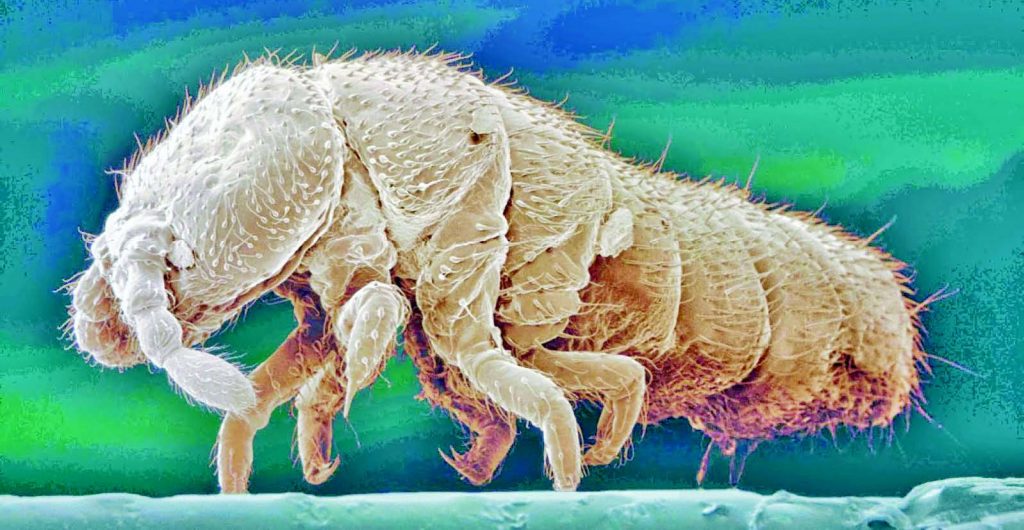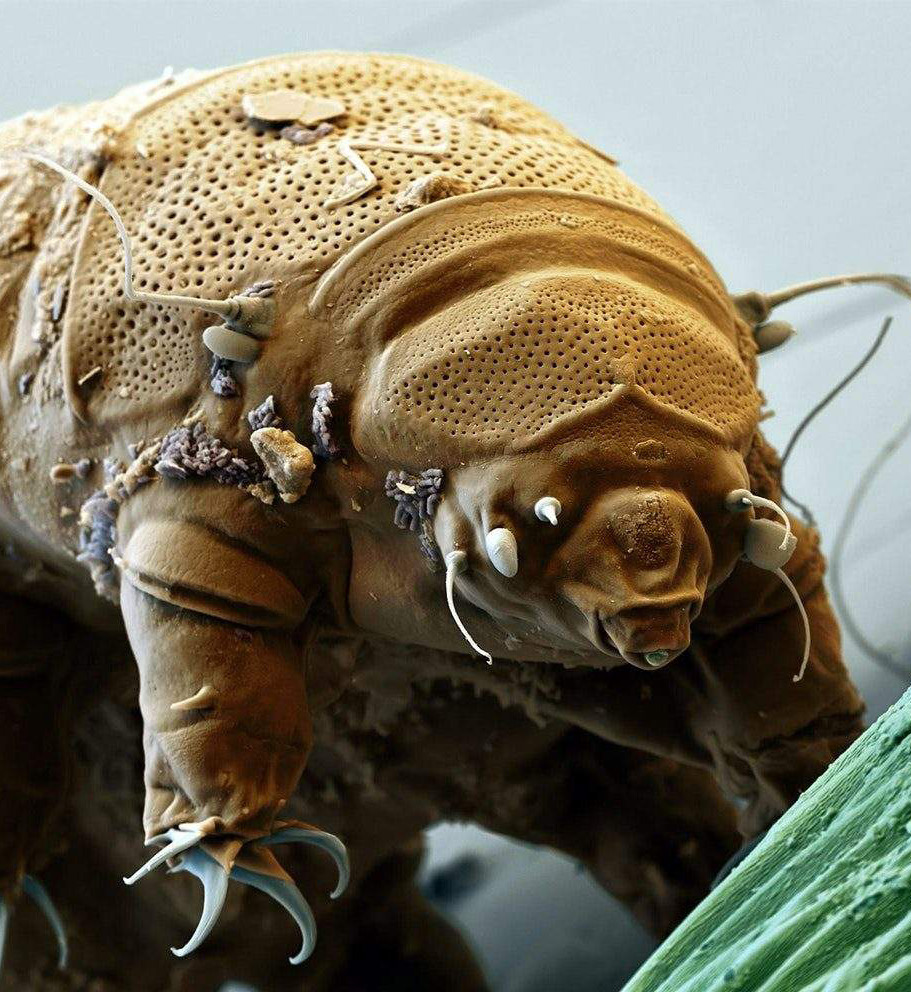When we talk of Antarctica, we only know that it is cold — one of the coldest places on earth. Funnily enough, many people even make the mistake of thinking it’s the North Pole, rather than the South.
What many people don’t know, though, is that the Antarctic region is teeming with life. In fact, it’s considered a desert, since it only receives about two inches of snow (the region’s version of rainfall) a year, according to a 2018 article by Nola Taylor Redd for Live Science. To give you an idea, the Sahara Desert gets more rain than that. And yet, the Antarctic is home to horrific blizzards that have wind speeds reaching up to 200 miles per hour. To top it all off, Antarctic summers are just above freezing, and when it gets really cold, temperatures can drop to more than 80 degrees below zero. Brrr!

It goes against common wisdom that a place so cold would have living things surviving in it, but that’s the truth. Some of them, like the invertebrates, are so exotic they look like they are aliens from another world. And while there are little to no amphibians, reptiles, land mammals, and green plants in Antarctica, penguins, whales, and fish abound, along with some moss, lichen, and algae.
And, of course, invertebrates!
Starfish and sea urchins
Antarctic waters have made echinoderms (such as starfish and sea urchins) evolve drastically to deal with the lack of food and the extremely low temperatures. For example, Odinella starfish in the Antarctic keeps their young on their bodies, literally making themselves a sort of mothership.

Not to be outdone, Cidaroid sea urchins have all sorts of other animals living on them, such as sponges and worms, making themselves moving communities of life in the underwater Antarctic realm.
Sea pigs
Sea pigs are in the same family as starfish and sea urchins but deserve a special mention. Sea pigs are actually numerous, sometimes comprising 95 percent of the total weight of animals in some deep-sea floor areas, but we don’t see them since they live in the deepest and coldest areas of the underwater world, as reported by Mary Bates in a 2014 article published in Wired.

They eat food scraps that float down from the surface. About five inches or so long, they do look like little aquatic pigs. Even weirder, they don’t really have legs. Rather, they have these tube-like appendages that look like feet but are probably more like hydraulic tentacle stubs. As a final what-the-heck detail, their antennae are not antennae… they’re also feet. Right.
Springtails
Not all of the invertebrates are underwater. Springtails are known as the elephants of Antarctica and that’s saying a lot, since they can be seen without the aid of a microscope.

Springtails are six-legged arthropods under a millimeter long. They’re not exactly insects, but it would be fair to say that their kind are the granddaddies of insects. They’ve developed special adaptations to prevent themselves from freezing, like slowing down their metabolism to save energy, and producing glycol in their bodies, which can lower their own freezing points. They usually eat fungus and bacteria.
Tardigrades
Tardigrades are the superstars of the Antarctic world as they look like a cute cross between a bear and a sweet potato. Like the other land invertebrates, they’re pretty small and are better appreciated under a microscope, reported Carl Engelking in a 2014 article for Discover Magazine.

Tardigrades are insanely adaptable — they can live in near-boiling temperatures, survive radiation, and even survive short times in the vacuum of space. It’s no surprise then that the Antarctic would have tardigrade species unique to the area.
Concerns over climate change
But even with abilities and bodies that can survive the Antarctic extremes, these low-temperature specialized invertebrates will have a challenging time with climate change.
For example, the warming waters may mean that the invertebrates will have a better chance of survival, and have more relatively warm areas to expand to, but this overpopulation and “bridging” between habitable areas may mean that there will be competition between distinct species and communities. And when that happens, some of the objectively weaker species may die off and their extinction may have implications for other species that depend on them as predators or as a food source.
A 2017 article by Ashley Junger for PBS.org mentioned another problem: The changing water chemistry may affect the way that invertebrates create or produce their shells. They may be left vulnerable to predators and more extreme environments.
Sam Wong wrote in a 2017 article for New Scientist that even the hardy tardigrade will have problems surviving climate change as their legendary survival abilities may not be able to cope with the stresses of a changing environment that can’t be addressed by their special survival skills.
This appeared in Animal Scene magazine’s December 2018 issue.





